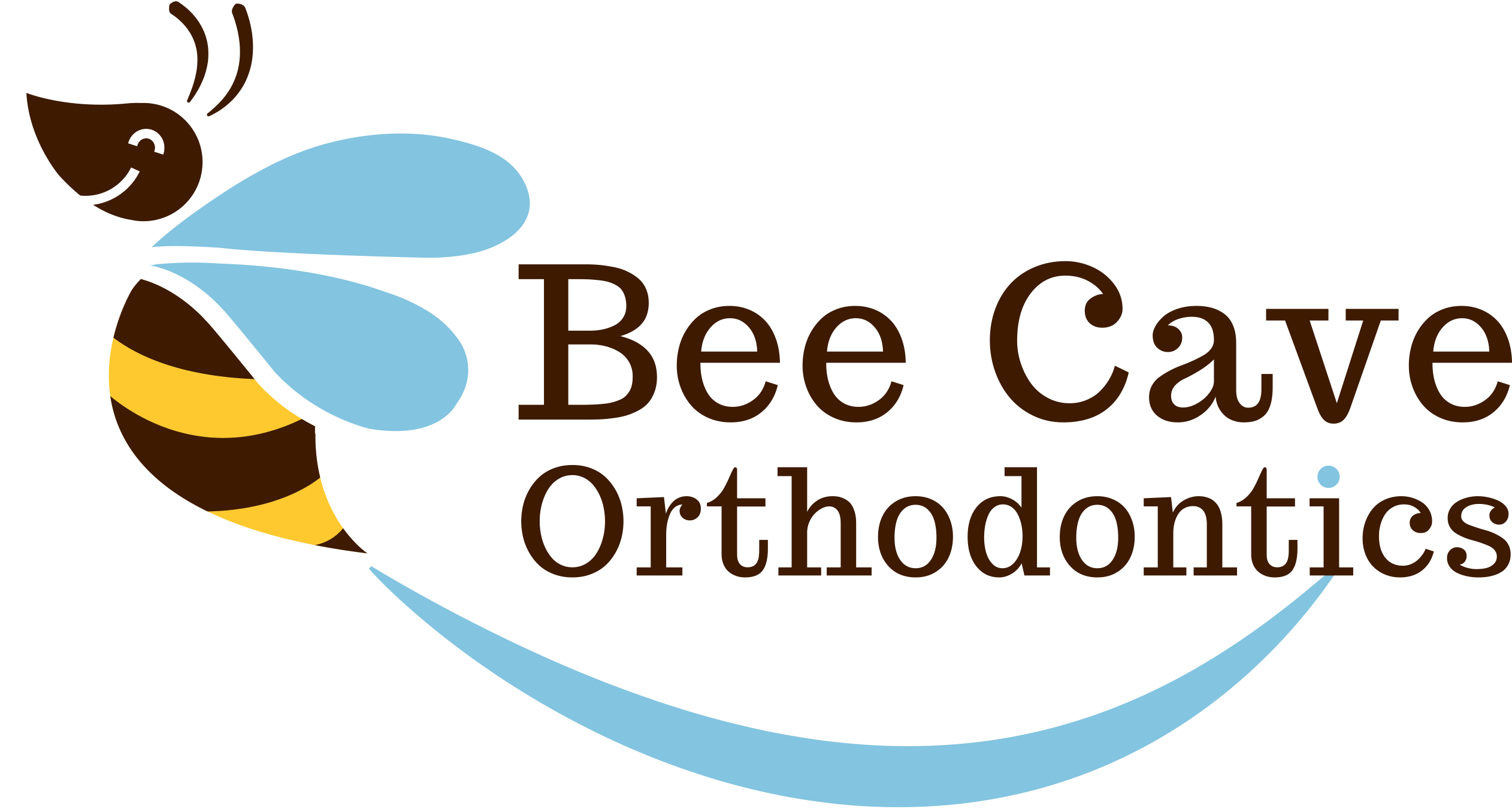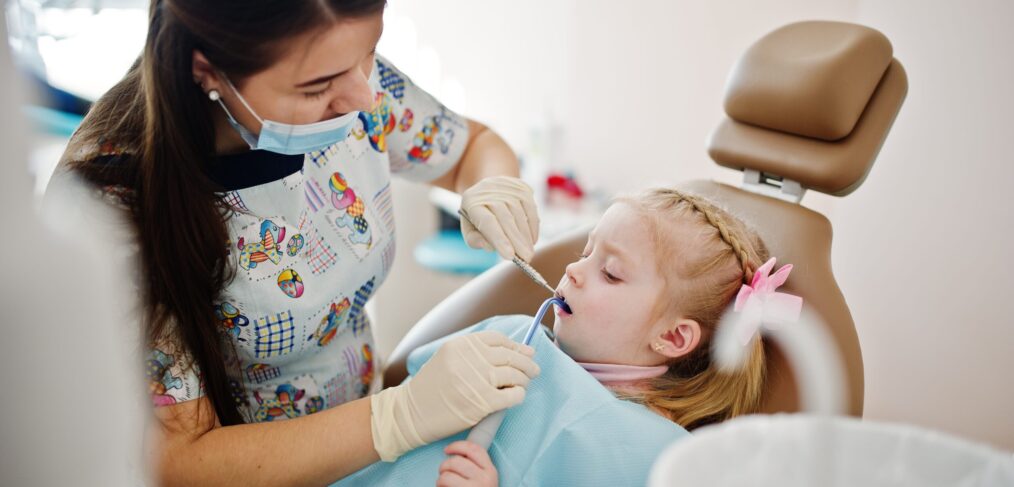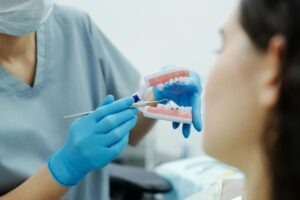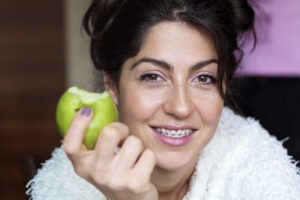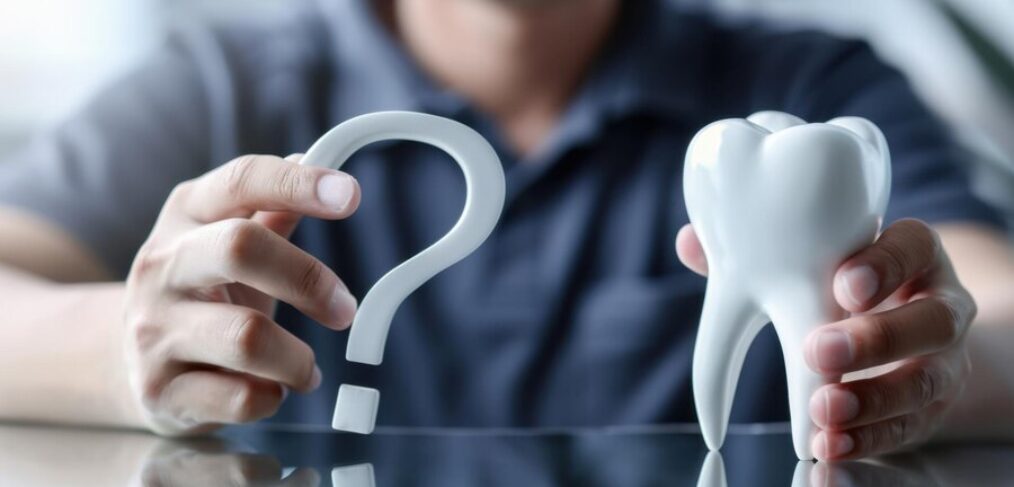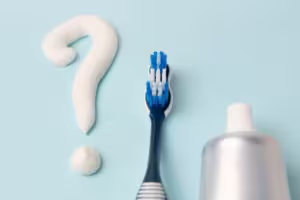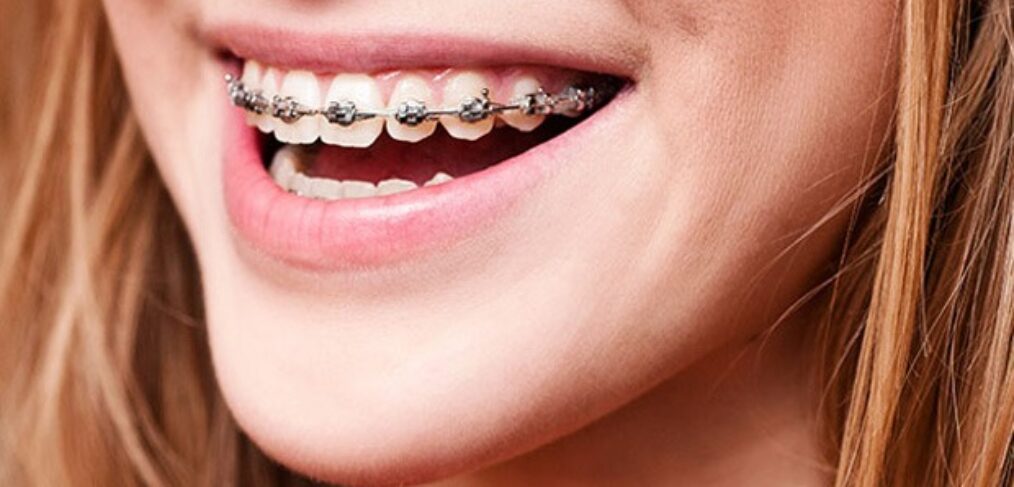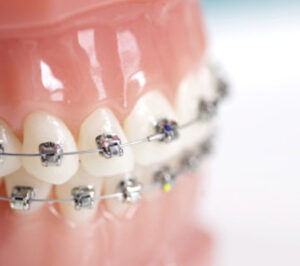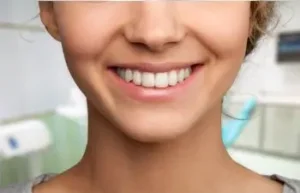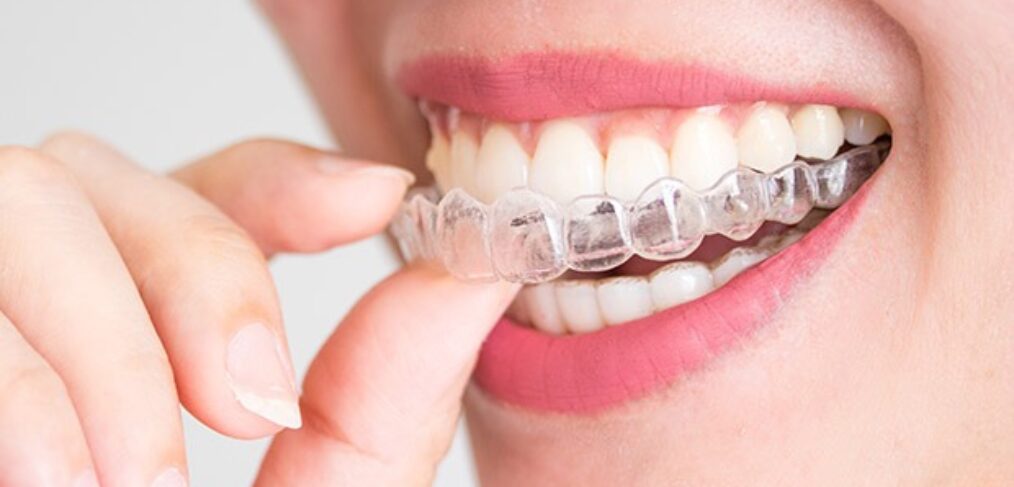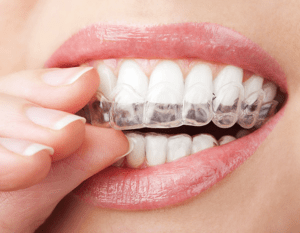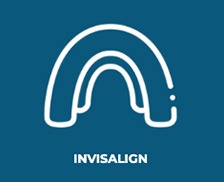Fun and practical tips on how orthodontic treatment can enhance your Halloween experience. From braces-friendly candy to clear aligners, get ready for a confident smile this spooky season – Bee Cave Orthodontics – Austin, Texas

As Halloween approaches in Austin, Texas, many people are gearing up for costumes, trick-or-treating, and spooky fun. But what if we told you that your smile could be the key to making your Halloween even more exciting this year? Orthodontic treatment isn’t just about achieving the perfect smile—it’s about feeling confident, no matter what time of year it is.
Here are seven spooky reasons orthodontic tips for Halloween smile journey.
1. Avoid the Candy Scare
Halloween is synonymous with candy, but did you know that some types of sweets can be a nightmare for braces? Sticky, chewy candies like caramels and taffy can damage wires or brackets, leading to uncomfortable situations or emergency visits to the orthodontist. By starting your treatment early, you’ll get expert advice on which candies to avoid and tips for keeping your braces in perfect condition throughout the Halloween season.
2. Straighten Your Smile for the Ultimate Costume
Whether you’re dressing up as a vampire, superhero, or something else entirely, a confident smile can make your costume stand out. Starting orthodontic treatment before Halloween means you’re on your way to achieving the smile of your dreams. And if you’re wearing clear aligners like Invisalign, they’ll be virtually invisible—so no one will even know you’re undergoing treatment!
3. Avoid the “Pumpkin Smile”
Everyone loves carving jack-o’-lanterns, but you don’t want your smile to resemble one! Misaligned or crooked teeth can create gaps that might remind you of your pumpkin carving. Getting orthodontic treatment now ensures that by next Halloween, you’ll be showing off a beautifully straight smile, ready for any costume or event.
4. Trick the Eyes with Clear Aligners
Worried about braces showing up in photos or at Halloween parties? Clear aligners like Invisalign are the perfect solution for those who want to straighten their teeth discreetly. You can wear them while enjoying Halloween festivities, and no one will even notice. It’s like having a trick up your sleeve—only it’s for your teeth!
5. Be Ready for the Upcoming Festive Season
Halloween is just the beginning of a busy festive season, with Thanksgiving, Christmas, and New Year’s right around the corner. Starting orthodontic treatment now means you’ll be well on your way to a straighter smile for all those family photos and celebrations. Imagine walking into the holidays with the confidence that your smile is getting better every day!
6. Orthodontics for a Healthier Bite (No Tricks, Just Treats!)
While Halloween is all about fun, there’s a serious side to orthodontic treatment: improving your bite. Misaligned teeth can lead to long-term issues like difficulty chewing or jaw pain. Starting treatment now ensures that your smile isn’t just beautiful but also functional and healthy. After all, you want to enjoy those Halloween treats without worrying about dental problems.
7. Stay Hydrated to Protect Your Teeth
According to orthodontic specialists, staying hydrated is crucial during Halloween, especially when consuming sugary treats. Drinking plenty of water helps wash away sugar and acids that can stick to your teeth and braces, reducing the risk of cavities. It also helps maintain saliva flow, which naturally protects your teeth by neutralizing acids. So, between your Halloween candy and parties, don’t forget to drink water to keep your smile healthy and strong!
Schedule a Free Consultation!
As you get ready for Halloween in Austin, don’t forget that your smile deserves as much attention as your costume. Whether you’re considering traditional braces or clear aligners, there’s no better time to start your orthodontic journey. By this time next year, you’ll have a smile so stunning it’ll be the real treat of the season!
Click here to schedule a free consultation!
We appreciate your support and look forward to continuing to provide exceptional orthodontic care to the Austin community.
Want to get to know us a little better? Check out our YouTube Videos!
